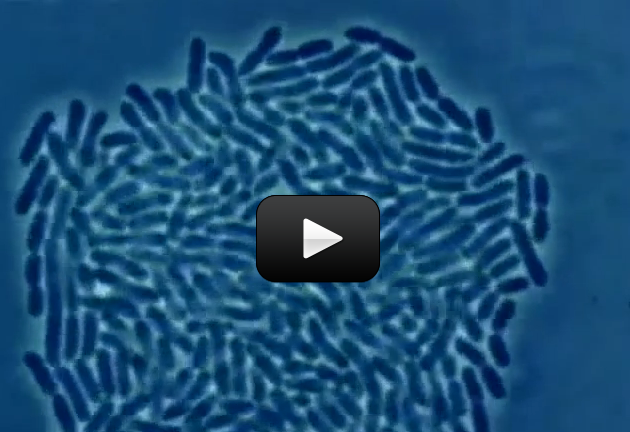All living things need a way to get energy. Bacteria get their food and energy in many ways. Some bacteria can make food on their own, while others need other organisms.
Some bacteria help other living things as they get energy, others hurt them while they get energy, and still others have no affect on living things at all.
Some living things, or organisms, are able to make their own food in a process called photosynthesis.
In this process, the organism turns energy from the sun into energy that can be used for energy. Organisms that get their energy from photosynthesis are called autotrophs. Some bacteria get their energy this way.
Some bacteria, called chemotrophs, get their energy by breaking down chemical compounds in the environment, including ammonia. Breaking down ammonia is important because ammonia contains the element nitrogen.
Please login or register to read the rest of this content.


There are quite a few including miso (soup made from fermented soy), sauerkraut (fermented cabbage), kombucha (fermented sweet tea by adding yeast and bacteria), kefir (fermented grains and goat’s milk), micro algae (spirulina, chorella, and blue green algae), kimchi (Asian form of pickled sauerkraut).
Hi Aurora,
Are there other foods that have bacteria in them, besides yogurt?
Thanks!
Juliette, (14)
Bacteria comes in different shapes, sizes, and colors.
That was so cool. I want to be a scientist when I grow up.
The color of the cells depends on what’s inside of them. You can read more about it here:
http://www.colourlovers.com/blog/2008/08/26/the-colors-of-microbiology-bacteria-fungi
is bacteria green?
Do you mean the shape of your bacteria is always round? If that is the case, where is your sample from (what are you looking at)? If it’s water samples from the same area, you have a good chance that it’s the same organisms. You can try all kinds of different samples, including yeast that’s been activated with warm water and sugar, scraping the inside of your cheek with a toothpick, and more!
If you need a reference, you can look at this page and see if you can find something that looks like yours.
Our bacteria seem to be always round in all the bacteria experiments. Is this normal?